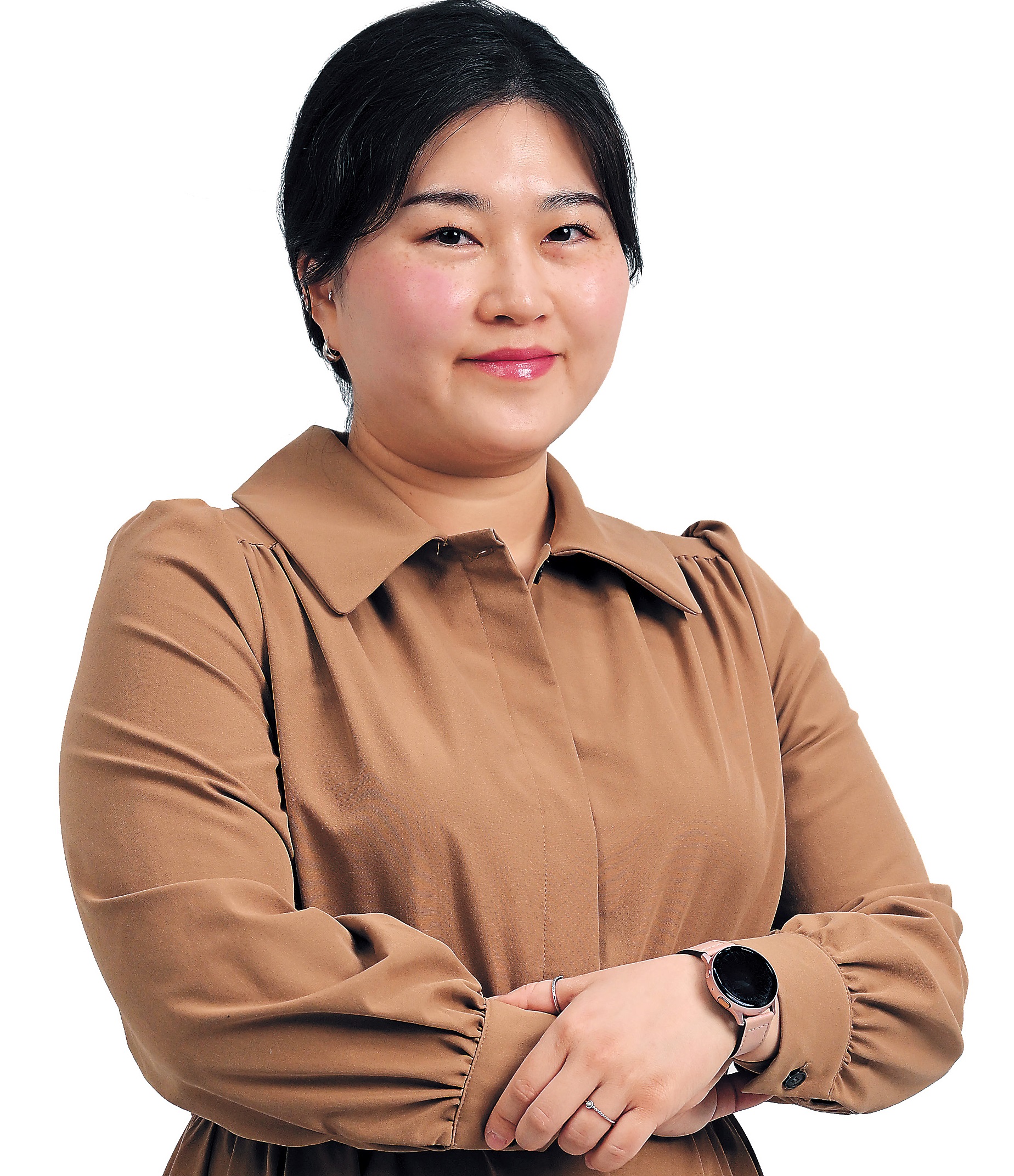Not just pay, SME workers lag behind in benefits, too
By Lee JaeeunPublished : Dec. 25, 2023 - 15:14

The welfare benefits offered to employees at small to medium companies were around one-third of those provided by major corporations last year, amid widening gaps between the two groups, government data showed Monday.
Smaller companies with less than 300 employees provided nonstatutory welfare benefits, also called fringe benefits, averaging 136,900 won ($105) per month as of the end of last year, according to data compiled in a report called "Corporate Labor Cost Survey for the 2022 Fiscal Year” released by the Ministry of Employment and Labor.
In contrast, during the same period, larger companies employing over 300 individuals disbursed monthly fringe benefits amounting to 400,900 won. The nonstatutory welfare benefits extended to employees in smaller enterprises accounted for only 34.1 percent of those offered by their counterparts in major corporations.
As of the end of 2022, companies with 10 or more regular employees were, on average, providing fringe benefits at a rate of 249,600 won per month per employee.
Specifically, benefits were at an average of 119,400 won for companies with 10 to 29 employees, but 489,300 won for companies with more than 1,000 employees.
Nonstatutory welfare benefits are the best-known form of non-wage compensation. They can be defined as a program voluntarily implemented by a company bearing a part or all of the costs for improving the welfare of its workers and their families.
Fringe welfare benefits include providing meals for employees; communication allowances; transportation allowances; subsidies for children's tuition fees; housing allowances; insurance premium subsidies; and subsidies for leisure and cultural activities.
Compared to nonstatutory welfare benefits, statutory benefits in Korea include annual leave; maternity leave; paternity leave; working hour limits; compensation for overtime; statutory minimum wage; and certain protections around unfair dismissal.
The latest figures come amid a widening welfare gap between the employees of large companies and their counterparts at smaller firms.
In fiscal year of 2012, those at companies with fewer than 300 employees were given monthly fringe benefits of around 163,000 won per worker on average. At the time, the figure for employees at firms with more than 300 employees was around 250,500 won.
The gap between the two groups was 87,500 won per month in 2012, but by the end of last year, it had tripled to reach 264,000 won.
"As the dual structure of the labor market in Korea has solidified since the early 2000s, the gap in welfare provided by large companies and small and medium-sized companies has widened. Measures are needed to alleviate this dual structure," said Lee Byoung-hoon, a professor of sociology at Chung-Ang University in a local news report.
Labor market dualism is deeply entrenched in Korea’s labor market. The dual labor market structure comprises of the primary sector, made up of large corporations, and the secondary sector made up of small and medium enterprises. Companies in the dual labor market are usually classified based on firm size.
Employees working at large corporations on average receive higher wages and social insurance coverage and a high degree of job security, while employees at small and medium enterprises receive lower wages, and are less likely to get other welfare benefits.
According to a 2022 report by the Korea Labor Institute titled "Measures to Improve the Dual Structure of the Labor Market and to Innovate Industrial Relations," the gap between large companies and SMEs in terms of wage level and working conditions is widening.
The structural barriers between the two types of enterprises are becoming higher and firmer, the report said, warning that this has contributed to eroding the Korean economy's growth engine and weakened the job creation capacity of the labor market.
Meanwhile, looking at the wage gap between the employees of major companies and the employees of small companies, the average monthly income of workers at large corporates in 2021 was 5.63 million won, about 2.1 times that of 2.66 million won for workers at SMEs, according to Statistics Korea.



















